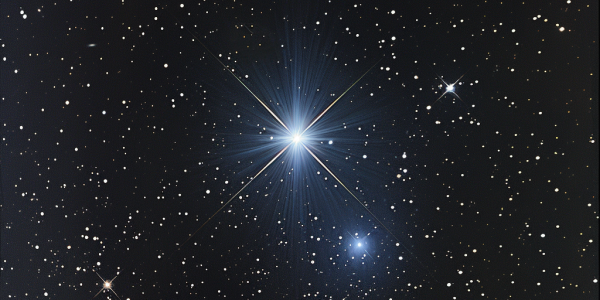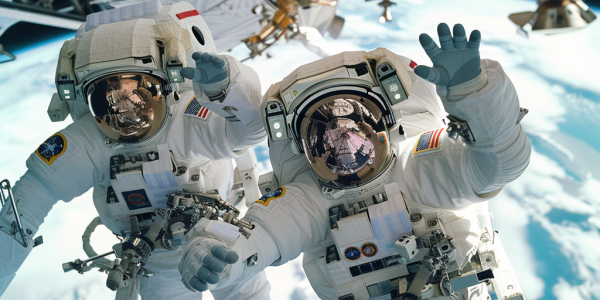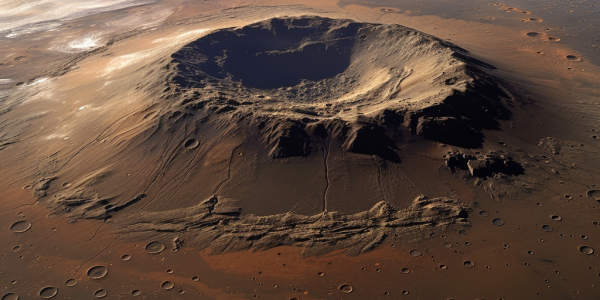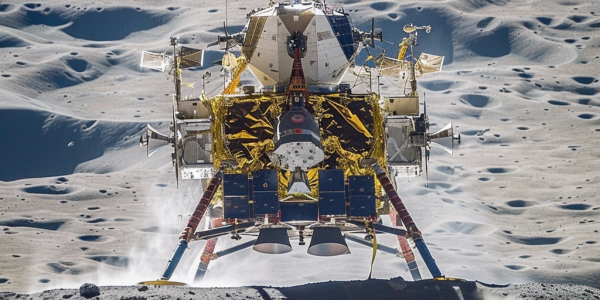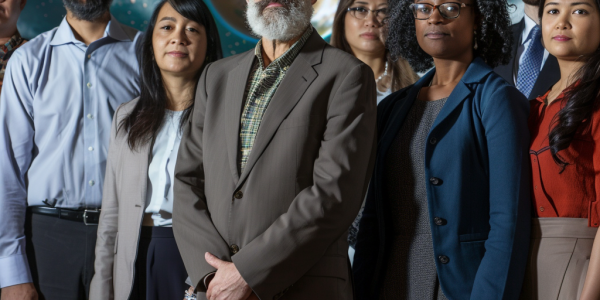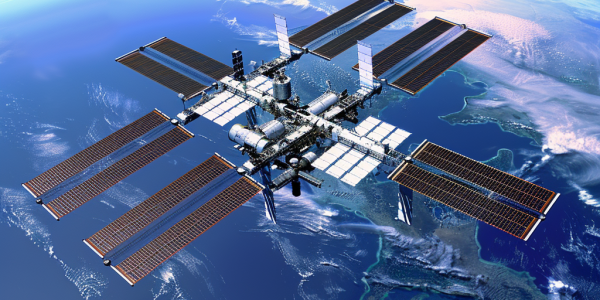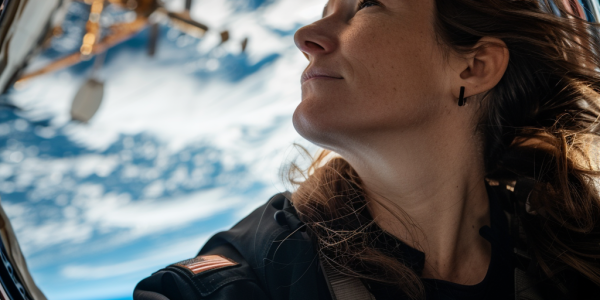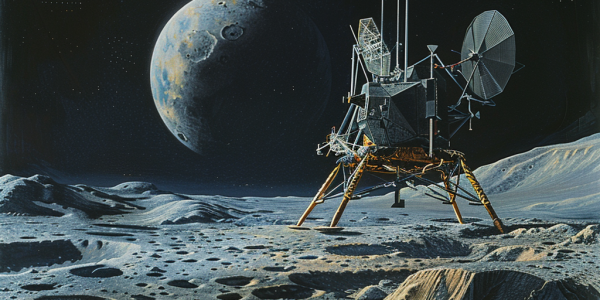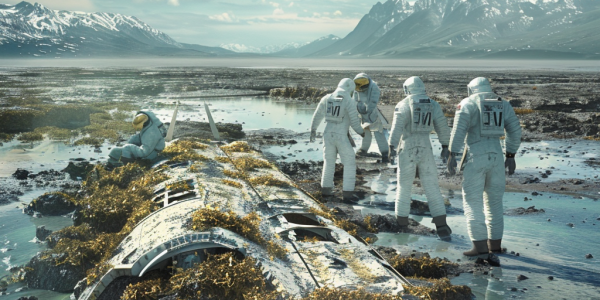Voyager 1 Resumes Sending Scientific Data from Interstellar Space
Voyager 1, the farthest man-made object from Earth, has resumed sending scientific data after months of radio silence. NASA successfully reestablished communications with the spacecraft, receiving critical observations on plasma and magnetism in interstellar space. This achievement adds to NASA’s legacy of groundbreaking space exploration projects, inspiring humanity with each new milestone reached.
Astronomy Enthusiasts Await Potential Brightening of ‘Blaze Star’ T Coronae Borealis
Astronomy enthusiasts are eagerly anticipating the potential brightening of the star system T Coronae Borealis, also known as the ‘Blaze Star’, located 3,000 lightyears away. This celestial event, known as a ‘nova’, could see the star’s brightness increase significantly, making it visible to the naked eye for a brief period. Learn more about this rare astronomical occurrence and how to observe it in the night sky.
Are Women Better Suited for Space Travel? Study Suggests Female Immune System Tolerance to Spaceflight
Recent study suggests that women may be more tolerant to the stresses of space travel than men, with sex-dependent differences in response to spaceflight. Understanding sex-specific immune responses to space conditions is crucial for the health of future astronauts and the future of space exploration.
NASA’s Mars Odyssey Orbiter Captures Breathtaking Image of Olympus Mons, Largest Volcano in Solar System
NASA’s Mars Odyssey orbiter captures a stunning image of Olympus Mons, the largest volcano in the solar system. Standing at 17 miles tall and 373 miles wide, this colossal shield volcano on Mars is showcased in all its grandeur. The image reveals the volcano’s caldera at its peak, surrounded by the Martian atmosphere with colorful bands of dust, water-ice clouds, and red dust layers. This unprecedented view offers valuable scientific data for researchers, providing insights into Mars’ geological features and atmospheric conditions.
China’s Chang’e-6 Space Probe Returns with Historic Moon Samples
China’s Chang’e-6 space probe successfully returns to Earth after collecting samples from the far side of the moon, showcasing China’s technological prowess in space exploration. The mission, guided by a relay satellite, gathered 2kg of lunar samples and planted a Chinese flag, offering valuable insights into the solar system’s formation. China’s advancements in space exploration highlight its ambition to compete with established players like the United States and Russia, solidifying its position as a key player in the global space race.
NASA Selects 12 Scientists for ESA’s Hera Mission to Study Binary Asteroid System
NASA has selected 12 participating scientists to join ESA’s Hera mission, which aims to study the binary asteroid system Didymos and its moonlet Dimorphos. The mission, scheduled to launch in 2024, seeks to validate the kinetic impact method for deflecting asteroids on potential collision courses with Earth. The collaboration between NASA and ESA will gather crucial data on the bodies’ composition and assess changes caused by the DART spacecraft’s impact.
All About ISS: As Big As A Football Field, 16 Orbits Of Earth In 24 Hours
Discover the fascinating details about the International Space Station (ISS), from its massive size and weight to its scientific significance and operational dynamics. Learn about the international collaboration behind this symbol of global cooperation and the future prospects for Indian involvement in space exploration.
Physiological Effects of Space Travel on Civilian Astronauts Revealed in Groundbreaking Study
Learn about the groundbreaking findings from over 40 studies conducted on Hayley Arceneaux and her fellow crew members during and after the SpaceX’s Inspiration4 mission. Discover how space travel impacts the human body and the significant milestone these findings represent in understanding the physiological effects of space exploration on human health and well-being.
Lunar Lander Odysseus Successfully Lands Near Moon’s South Pole for Radio Astronomy Milestone
Learn about the successful lunar landing of the Odysseus lander near the Moon’s South Pole and its groundbreaking radio astronomy mission. Jack Burns from the University of Colorado Boulder hailed this event as the ‘dawn of radio astronomy from the Moon,’ emphasizing the importance of the ROLSES experiment in the search for extraterrestrial life. Intuitive Machines’ achievement was praised for its technical prowess, paving the way for future radio astronomy missions from the Moon. Discover how ROLSES provided a unique perspective on Earth as an exoplanet, offering new insights into celestial bodies and the universe.
NASA and SpaceX Collaborate to Address Growing Concern of Space Debris
NASA and SpaceX are working together to address the growing issue of space debris, with recent findings indicating that debris from SpaceX missions may not completely burn up upon re-entering Earth’s atmosphere. This poses a heightened risk of surface impacts, highlighting the need for improved debris modeling and mitigation strategies. As SpaceX’s Crew-8 prepares to return from the International Space Station in August, NASA warns of potential additional debris, emphasizing the importance of proactive measures to safeguard against potential risks to human lives and property.


